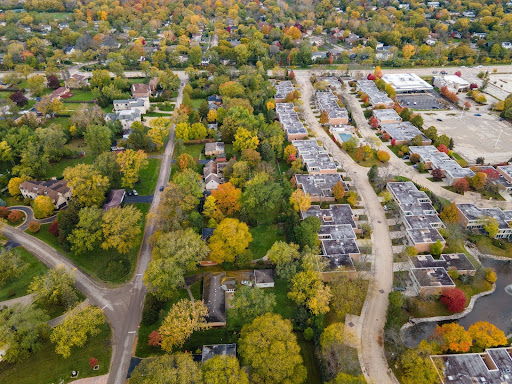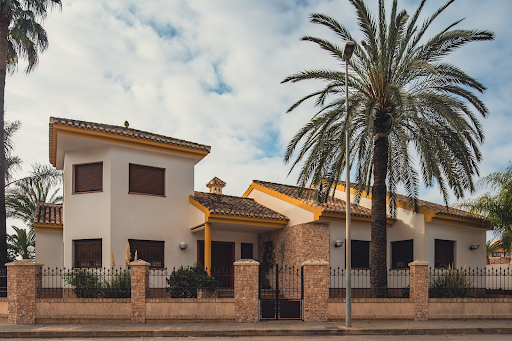As the demand for accessory dwelling units (ADUs) continues to rise, selecting the optimal location in Arizona’s unique climate becomes crucial for maximizing functionality, aesthetics, and compliance with local regulations. Here, we will delve into the key considerations that can guide you toward the ideal placement of your ADU in the desert environment.
Understanding Your Property
Before determining the placement of your ADU, it’s essential to assess your property in its entirety. Take note of the existing structures, natural features like cacti and desert landscaping, and the overall layout. Understanding these elements will help you identify the best spots for your ADU while considering factors like privacy and sun exposure, particularly the harsh Arizona sun.
Key Factors for Optimal ADU Placement
Sun Exposure
In Arizona, sunlight plays a vital role in the comfort and energy efficiency of your ADU. Optimal sun exposure can enhance natural heating during cooler months but can also lead to excessive heat in the summer. Consider the orientation of the ADU for seasonal performance—positioning it to benefit from morning sun while utilizing shading options such as overhangs, pergolas, or strategically placed trees to reduce cooling costs during the intense summer heat. You can also implement cool roofs or solar panels to help offset costs.
Privacy Considerations
Maintaining privacy for both the primary dwelling and the ADU is crucial, especially in densely populated areas. Ensure there is adequate separation between the two structures and explore strategies like desert landscaping, fencing, and natural barriers to enhance privacy for all residents. This is particularly important in neighborhoods where ADUs are becoming more common.
Landscape Integration and Aesthetic Appeal
Designing the ADU to complement your property’s current style is key to creating a cohesive look. Blend the new construction with the natural desert surroundings, maintaining the neighborhood’s character and enhancing curb appeal through thoughtful design choices that reflect Arizona’s architectural style, such as stucco finishes or tile roofs.
Regulatory and Practical Considerations
When placing an ADU on your property, navigating zoning requirements, setbacks, permits, and utility considerations is vital. Be aware of local regulations; for instance, in Tucson, Arizona, an ADU can be up to 12 feet tall or as tall as the main house. Ensure you obtain the necessary permits and plan for proper utility connections and infrastructure to minimize disruptions.
Strategies for Balancing Practicality and Aesthetic Goals
Achieving a balance between practicality and aesthetics is the hallmark of successful ADU placement. By combining considerations like sun exposure, privacy, and functionality, you can create a harmonious living environment that meets your needs and enhances the overall appeal of your property while adapting to the Arizona climate.
Selecting the perfect spot for your ADU involves a careful evaluation of various factors, from sunlight and privacy to regulatory compliance and design integration. By considering these elements thoughtfully and seeking expert advice when needed, you can create a functional and beautiful ADU that complements your property seamlessly. Remember, the right location for your ADU can make all the difference in creating a space that enhances your property’s value and your quality of life.
For personalized guidance on ADU placement and design in Arizona’s climate, don’t hesitate to reach out to Tiny Homes of Tucson. Our team of experts is ready to assist you in making the most of your ADU project. Contact us today for a consultation.


